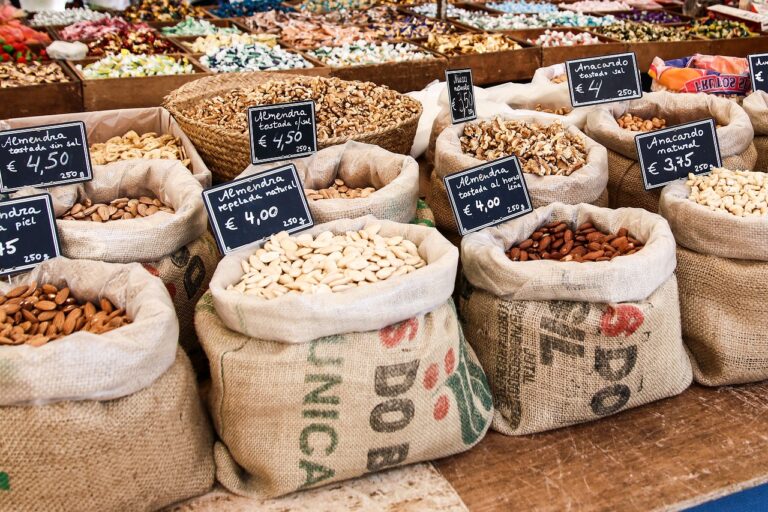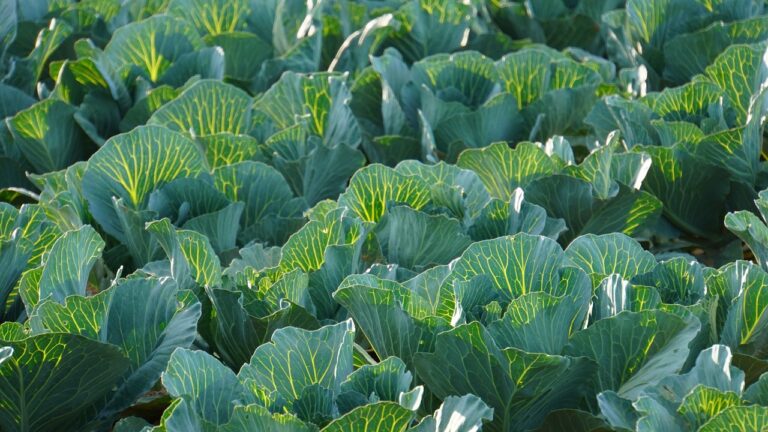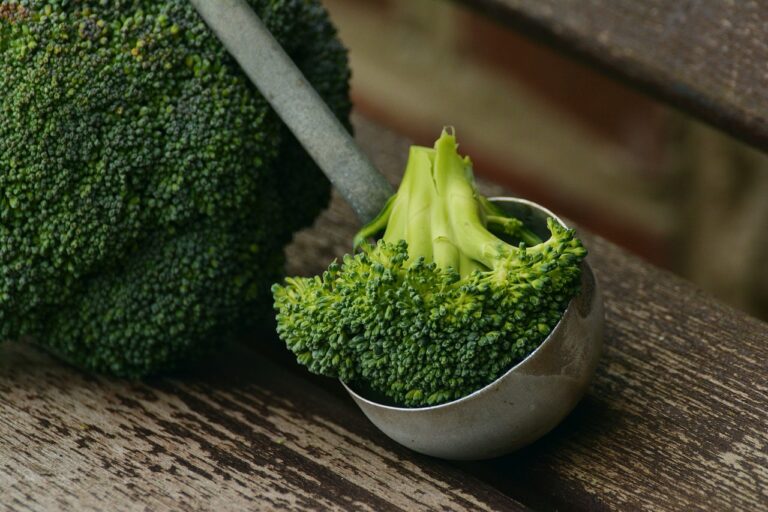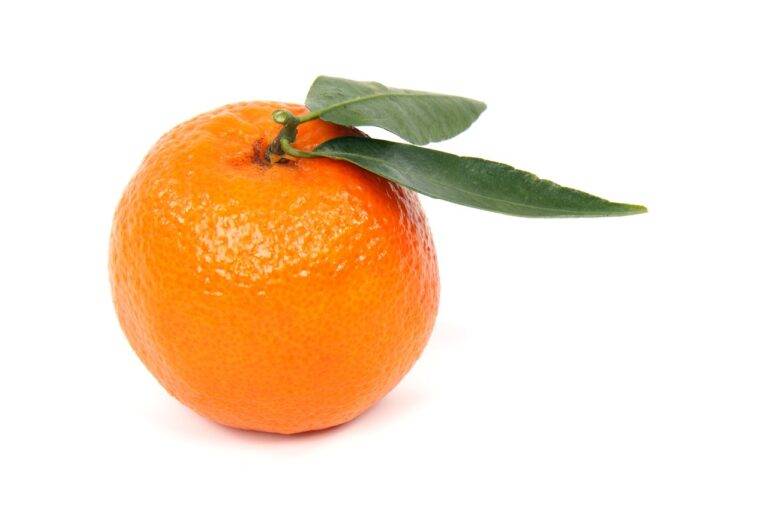Avarekai: The Versatile Gem of South Indian Cuisine
Introduction
Avarekai, also known as hyacinth beans, lablab beans, or Indian broad beans, holds a special place in the culinary traditions of South India, especially in Karnataka. This vibrant green bean, packed with nutrients and bursting with flavor, has been a staple in Indian kitchens for centuries. With its rich texture and unique taste, Avarekai is not only delicious but also incredibly versatile, lending itself to a myriad of dishes that showcase its adaptability and importance in local gastronomy.
The Origin and Cultural Significance
The origins of Avarekai can be traced back to the Indian subcontinent, where it has been cultivated for thousands of years. In Karnataka, particularly in the regions of Bangalore and Mysore, Avarekai is more than just a vegetable; it is a cultural icon. The annual “Avarekai Mela,” a festival dedicated to celebrating this bean, attracts food enthusiasts from all over the country. During the festival, vendors and home cooks showcase an astonishing variety of dishes made from Avarekai, highlighting its cultural and culinary significance.
Nutritional Benefits
Avarekai is not just a flavorful addition to meals; it is also a powerhouse of nutrients. Here are some of the key health benefits:
- Rich in Protein: Avarekai is an excellent source of plant-based protein, making it an essential part of a vegetarian or vegan diet.
- High in Fiber: The high fiber content aids in digestion and helps maintain a healthy gut.
- Packed with Vitamins and Minerals: It contains significant amounts of vitamins A, C, and K, along with minerals like calcium, iron, and magnesium.
- Low in Calories: For those looking to maintain or lose weight, Avarekai is a great option due to its low-calorie content.
Culinary Uses of Avarekai
1. Avarekai Saaru (Hyacinth Bean Curry)
One of the most beloved dishes in Karnataka, Avarekai Saaru is a flavorful curry that combines the richness of coconut with the tanginess of tamarind. The beans are cooked until tender and then simmered in a spicy, aromatic gravy. This dish is best served with steamed rice or flatbreads, offering a comforting and hearty meal.
2. Avarekai Uppittu (Bean Upma)
Avarekai Uppittu is a unique twist on the traditional South Indian breakfast dish, upma. The beans are cooked with semolina, onions, and a medley of spices, resulting in a savory and filling breakfast option. The addition of Avarekai adds a pleasant crunch and a burst of flavor that elevates the dish to new heights.
3. Hitikida Avarekai (Peeled Hyacinth Beans)
Hitikida Avarekai is a unique preparation where the beans are soaked, peeled, and then used in various dishes. The peeled beans have a buttery texture and a sweet, nutty flavor. They can be used in salads, curries, or even as a topping for rice dishes.
4. Avarekai Dosa
For those who love dosas, Avarekai Dosa is a must-try. The beans are ground and mixed with the dosa batter, adding a vibrant green hue and a distinct flavor to the dish. Served with coconut chutney and sambar, this dosa variation is a delightful way to enjoy the goodness of Avarekai.
Cooking Tips and Techniques
To get the most out of Avarekai, here are some cooking tips and techniques:
- Selecting the Beans: Choose fresh, green beans that are firm and free from blemishes. Avoid beans that are yellowing or have spots.
- Soaking and Peeling: For certain recipes like Hitikida Avarekai, the beans are soaked overnight to soften the outer skin. They can then be peeled easily, revealing the tender inner bean.
- Cooking Time: Avarekai can be cooked until just tender for a crunchy texture or longer for a softer, melt-in-your-mouth experience. Adjust the cooking time according to your preference and the recipe you are following.
Conclusion
Avarekai is a versatile and nutritious ingredient that has earned its place in the kitchens of South India and beyond. Whether you are a seasoned cook or a novice in the kitchen, experimenting with Avarekai can lead to the discovery of new flavors and textures. From curries and stir-fries to dosas and upmas, the possibilities are endless. So, the next time you visit a local market, be sure to pick up some Avarekai and explore the rich culinary traditions of South India.







